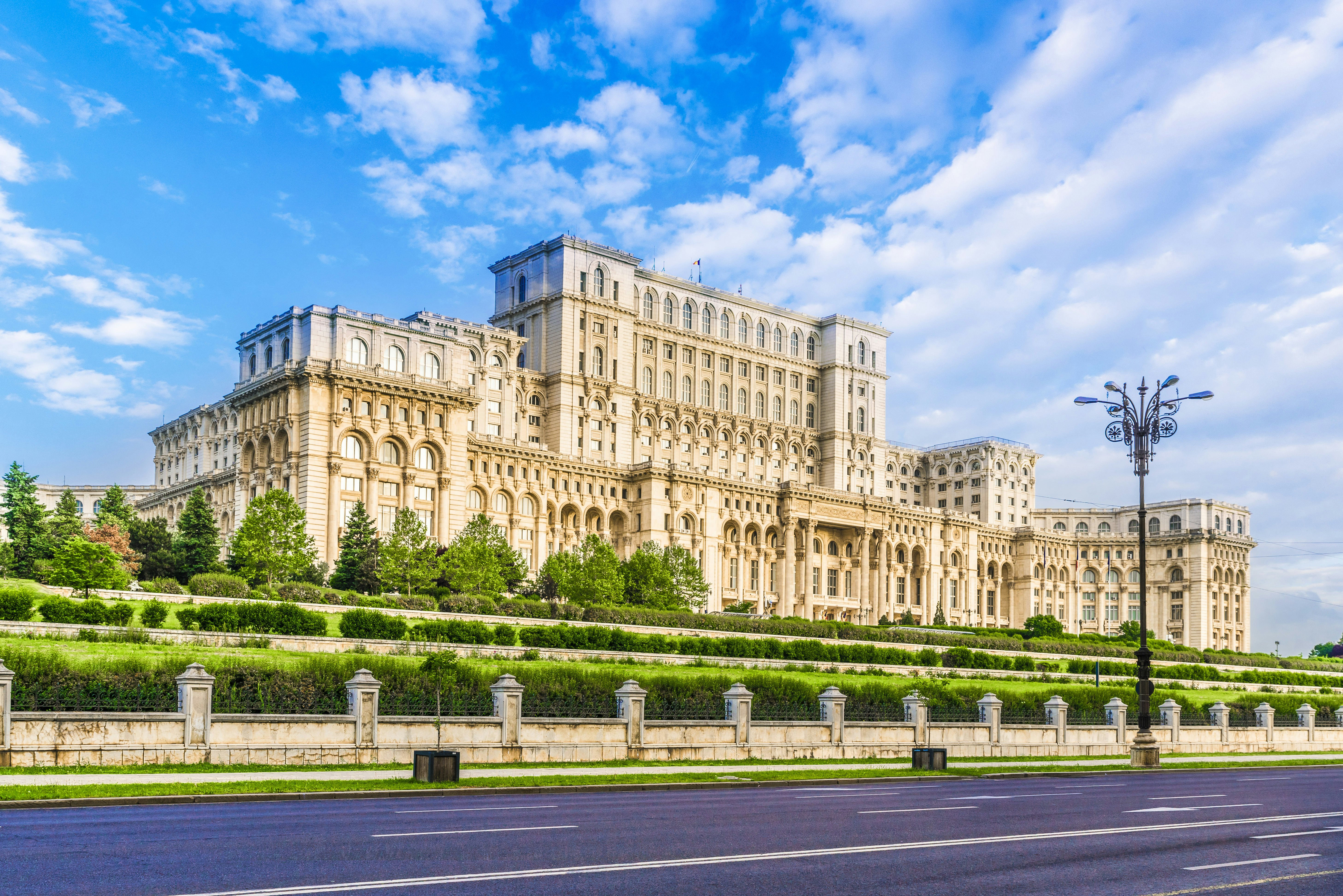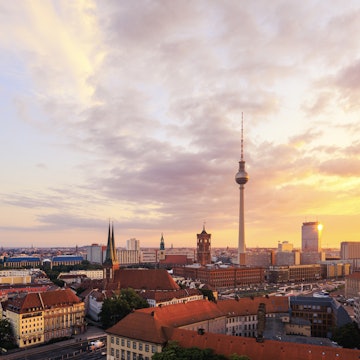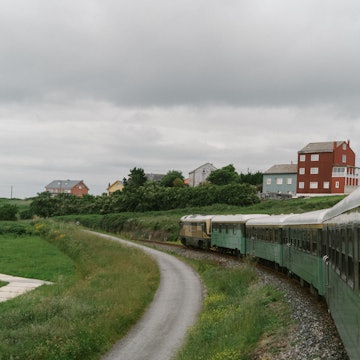

The Orient Express is a classic train Journey across Europe. Here's how to do it. Pete Seaward / Lonely Planet
The Orient Express has had many incarnations: capture its original spirit of transcontinental travel with this journey to the cusp of Asia on ordinary sleeper trains. Paris was generally considered the western terminus of the Orient Express in its early 20th-century heyday. Today you can get to Paris from London St Pancras (2½ hours) as well as Barcelona Sants (6½ hours) and Amsterdam (3½ hours). Here's how to spend around two weeks on a fascinating low-carbon train journey through Europe.
Editor's note: Although the pandemic has derailed most travel plans this year, we're continuing to publish travel articles to inspire your future journeys. Please check the latest travel restrictions before planning any trip and follow government advice.

Paris
In June 1889 the first Orient Express through-train from Paris to Istanbul departed from Gare de L’Est. Sadly no such regular service exists today, but Gare de L’Est is still a departure point for eastbound trains. Before boarding, take a short walk to the Bassin de la Villette – an artificial lake whose shores are dotted with cafes. Pools here are open to swimmers throughout the summer months.
Moving on
From Paris, catch one of about 20 services a day to Munich Hauptbahnhof (six hours). Book tickets with SNCF.

Munich
Another stalwart stop on the original Orient Express, Munich’s Hauptbahnhof station sits on the threshold of the Altstadt (Old Town) – a magnificent maze of onion-domed towers and cobbled thoroughfares meriting at least a full day’s exploration. Leave time to sink a stein in the Hofbräuhaus – the city’s 16th-century beer hall. Explore the palatial corridors of the Residenz or stretch your legs in the sprawling parkland of the Englischer Garten ahead of your first sleeper on this itinerary.
Moving on
The EuroNight sleeper train runs from Munich Hauptbahnhof to Budapest Keleti, departing at 11:20pm and arriving shortly after 9am. Book tickets in advance with Deutsche Bahn.
Budapest
There’s no better place in Europe to soothe travel-weary limbs than Budapest, where ornate spas bubble away on both banks of the Danube. A walk north of Keleti station will take you to the art nouveau Széchenyi Baths – one of the city’s largest, set in leafy parkland. Alternatively, cross the river in the shadow of Castle Hill in search of the Gellért Baths, a cathedral-like structure, whose thermal waters have been put to use since the Ottomans ruled the city.
Read more: A guide to Budapest’s thermal baths
Moving on
The Ister sleeper train departs Budapest Keleti at 7:05pm and reaches Bucharest Gara de Nord at 12:30pm the following day. Book tickets with Mav Start.

Bucharest
It may have few landmark sights compared with other European capitals, but Bucharest’s appeal is of the slow-burn sort: lingering on cafe-lined thoroughfares, exploring its excellent museums or contemplating the dark relics of dictator Nicolae Ceaușescu. Of the latter, the most visible is the Palace of Parliament – one of the largest buildings in the world, covering some 3.5 million sq ft and open to visitors for guided tours.
Moving on
From June to October, direct services run from Bucharest Gara de Nord to Istanbul Halkalı, departing 12.40pm and arriving 7.40am the next day. From Halkalı, complimentary bus services run to Istanbul’s Sirkeci railway station. During the rest of the year, connect via Dimitrovgrad in Bulgaria. Book tickets with CFR Calatori.

İstanbul
İstanbul’s grand Sirkeci station was the easterly terminus of the Orient Express, and there could be no better finishing line for an epic rail adventure. You’ll find the minarets of the Blue Mosque to the south, labyrinthine bazaars to the west, the fishers of the Galata Bridge to the north and to the east the Bosphorus with the city’s Asian shore beyond.
Returning home
The quickest way to return to Paris overland is to retrace your steps – or consider a more southerly route connecting to Munich via Sofia, Belgrade, Zagreb and Ljubljana.
Need to know
Carbon: 52kg per person
Distance: 2600km
Nights: 12+
Transport budget: €600
You might also like:
How sustainable are planes, trains and coaches on top European routes?
Europe’s top 10 scenic rail journeys
Europe's best night trains
This excerpt is from Lonely Planet's Low-Carbon Europe book.














